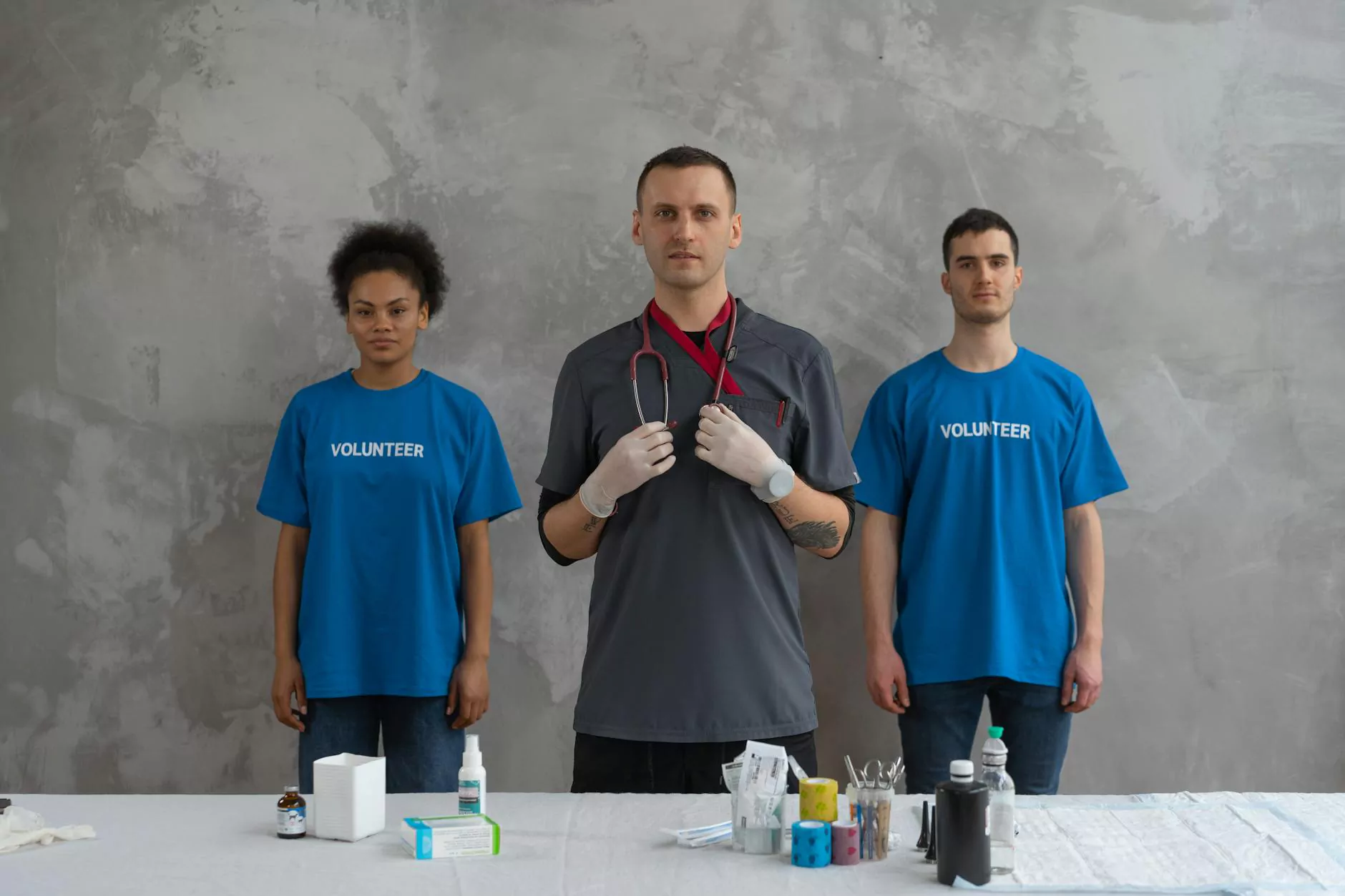Vinegar Bladder Irrigation Protocol

Introduction
Welcome to Foley James D MD's comprehensive guide to the Vinegar Bladder Irrigation Protocol. In this article, we will discuss why this treatment option may be recommended, how it works, and what you can expect during the procedure. Whether you have been advised to undergo bladder irrigation or are simply curious about the process, we aim to provide you with all the information you need.
What is Vinegar Bladder Irrigation?
Vinegar Bladder Irrigation is a technique used to flush the bladder with a solution containing vinegar. This procedure is typically recommended for individuals with bladder-related conditions such as urinary tract infections, bladder stones, or interstitial cystitis. Vinegar, specifically apple cider vinegar, is known for its antibacterial properties and ability to restore the acidic pH balance in the bladder. This treatment method aims to reduce symptoms and promote healing.
The Benefits
The Vinegar Bladder Irrigation Protocol offers several potential benefits:
- Antibacterial Action: Vinegar has antimicrobial properties that can help eliminate harmful bacteria in the bladder.
- pH Balance Restoration: By restoring the acidic pH balance, vinegar can create an unfavorable environment for bacterial growth.
- Pain Relief: Many individuals with bladder-related conditions experience pain and discomfort. Vinegar bladder irrigation may help alleviate these symptoms.
- Non-Invasive Option: Compared to surgical interventions, vinegar bladder irrigation is a non-invasive treatment option that can be easily performed in an outpatient setting.
The Procedure
Vinegar bladder irrigation is typically performed under the guidance of a healthcare professional. The procedure involves the following steps:
- Cleansing: Before starting the irrigation, the patient is advised to empty their bladder and clean the genital area thoroughly.
- Preparation of Solution: A sterile solution consisting of water and vinegar is prepared according to the prescribed concentration.
- Insertion of Catheter: A sterile catheter is gently inserted into the urethra and advanced into the bladder.
- Flushing Process: The prepared solution is slowly infused into the bladder using gravity or a controlled pump. The solution is held for a specific duration and then drained out.
- Repeat Procedure: Depending on the individual's condition, the procedure may be repeated several times over a period of days or weeks.
- Post-Procedure Care: After the irrigation, the patient may be advised to drink plenty of water to flush out any residual solution and to prevent urinary tract infections.
Precautions and Side Effects
While vinegar bladder irrigation is generally considered safe, there are a few precautions and potential side effects to be aware of:
- Allergies: Individuals with known allergies to vinegar should avoid this treatment option.
- Bladder Trauma: The insertion of a catheter carries a small risk of bladder trauma. It is important to ensure the procedure is performed by a trained healthcare professional.
- Urinary Tract Infection: Although vinegar bladder irrigation aims to reduce the risk of urinary tract infections, there is still a small possibility of developing an infection. Any signs of increased pain, burning sensations, or fever should be reported to your healthcare provider immediately.
- Discomfort or Irritation: Some individuals may experience temporary discomfort or irritation in the bladder or urinary tract following the procedure.
Conclusion
The Vinegar Bladder Irrigation Protocol is a treatment option used to address bladder-related conditions. Through its antibacterial properties and pH-balancing abilities, vinegar can help alleviate symptoms and promote healing. While this procedure is generally safe and non-invasive, it is essential to consult with a healthcare professional to determine if this treatment is suitable for your specific condition. If you have any questions or concerns, please don't hesitate to reach out to our team at Foley James D MD.









